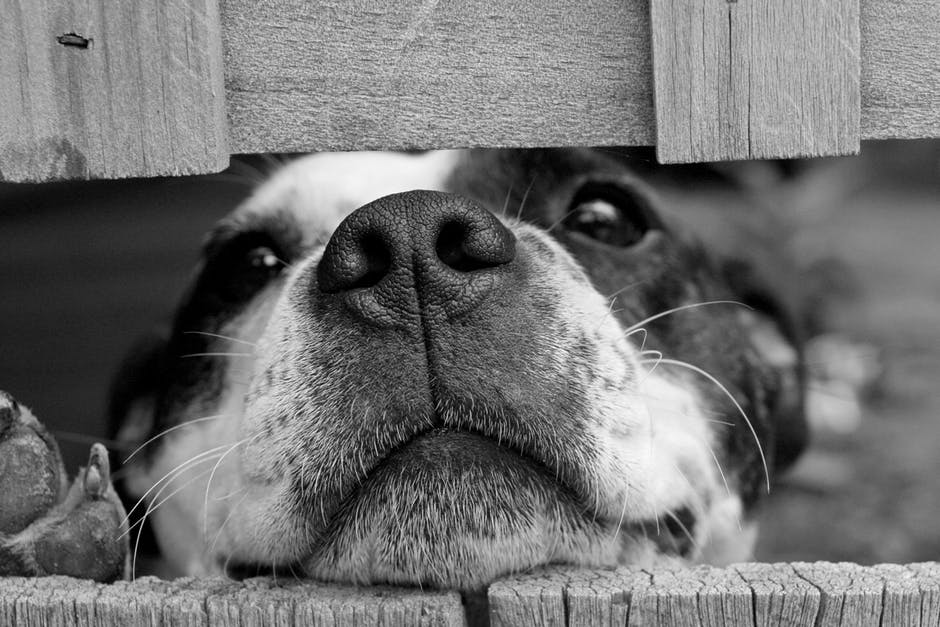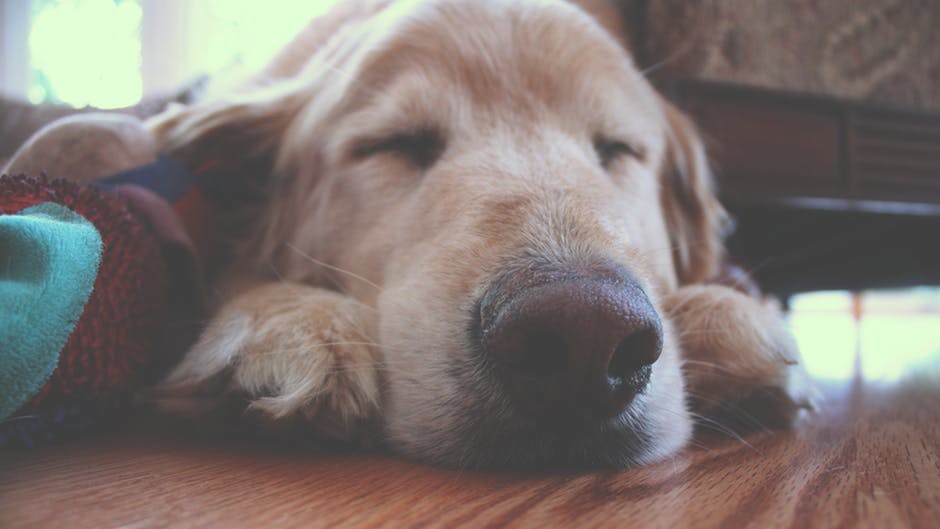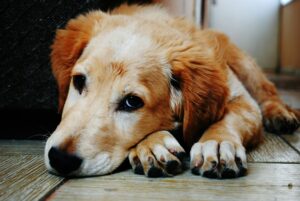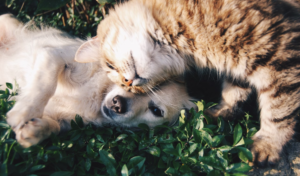
The winter weather is tough, it’s freezing outside with gale force winds, ice, snow, sleet and rain. It can be bad enough for us as humans even when we’re wrapped in our winter warmers, let alone for our dogs. Our domestic pooches are a far cry from their wolf ancestors and most of them hate the cold as much as we do. So when the weather is bad, here are a few things to bear in mind.
Bring Them Inside
It’s not recommended that you get a dog if you want them to live outside. Dogs like to be in the home spending time with their humans so if you can’t commit to letting them live indoors a dog might not be for you. However if you’re set on having an outdoor dog, at least consider letting them indoors for the coldest months of the year. Even the coziest of kennels won’t compare to being in the home, so bring them inside especially at night.
If you have a dog that you keep outdoors during the day while you’re at work, at the very least make sure they have a very secure weatherproof kennel that’s sheltered from the wind and rain. If your dog prefers to spend time in the garden while you’re at work, one option would be to get a doggy door fitted, you can even get models that are activated by their microchip. That way no cats or other uninvited guests can get in, but they can come back in the home if it starts getting too cold.

Consider a Coat for Some Breeds
Again going back to the cold, there are some breeds that will feel the cold more. You should be particularly careful with puppies and elderly dogs in any breed but some will need extra care throughout their life. Thinner breeds such as whippets and miniature pinschers for example have less body fat so will be more affected by bad weather.
Breeds like staffies and pitbulls have a hard time regulating their body temperature. Small breeds like chihuahuas again need to be protected from the cold. As well as keeping them inside the house especially in cold weather, you could also buy them a coat for when you’re out walking. If you spray your dog’s feet with cooking spray before taking them out in the cold and snow this can help to protect them.
Don’t Neglect Routine Treatments
You might think that flea and tick treatments aren’t especially important over the colder months, after all these kind of critters generally flourish in warmer climates. In a natural setting animals would be less likely to get fleas in the winter however with the use of things like central heating and other kinds of artificial heat they can survive all year round.
Ticks can spread lyme disease to dogs, and fleas can pass on tapeworms and generally be very itchy and uncomfortable. For this reason, having a good treatment on hand such as Pet-Lock is essential. Don’t overlook these treatments just because it’s cooled down outside, keep them going throughout the year.
Keep On Top of Grooming
During the winter dogs grow a thicker winter coat to keep them warmer. What this means is additional fur and so for some breeds it could mean extra grooming. Long haired dogs should be carefully brushed daily to avoid mattes and clumped hair. Over the winter many dogs are walked for less time generally due to cold conditions making it uncomfortable for owners. For this reason you might need to keep on top of your dog’s toenails since they won’t be getting as worn down and could become excessively long.
There are dog toenail clippers you can buy to make the job easier but read some articles online or watch a Youtube video first as if you cut into the quick this will be painful for your dog. Check your dog’s paw pads after walks to ensure they’re not cracked or damaged from the cold weather. Bad weather can also be troublesome to your dog’s skin, and so using a moisturizing shampoo or products can help to keep their skin and coat in the best condition.
Adjust Their Food
You might be tempted to feed your dog more in the winter since this is how a dog’s natural diet would change, however the same is not true for our domestic dogs. Going back to the less exercise scenario, if you’re walking your dog less they will be burning less calories and will therefore need less food. Get the balance wrong and you could cause weight issues which can impact the health of your dog.
If you feel they are looking overweight use a guid online to show you how to check, you should be able to feel (but not see) their ribs and they should have a defined waistline. Or have them weighed by your vet who will be able to check and advise you.

Beware of Antifreeze
At this time of year car owners are using lots of antifreeze to tackle the ice on their cars in the morning. The trouble is this tastes sweet to dogs, and can be fatal if ingested. For this reason beware of spills, don’t let dogs lick at the floor and if you are aware of a spill make sure it’s cleaned up immediately.
Keep Their Tag Updated
If a dog gets lost in the winter, snow and heavy rain can wash away familiar scents making it more difficult to find their way home. Make sure they are microchipped and that they also have a tag on their collar with your details on. That way if they are lost you have the best chance of becoming reunited with them. In many places this is a legal requirement anyway, however it’s something that can be overlooked if you’ve moved house or changed your phone number. Take a minute to check that everything is up to date.


